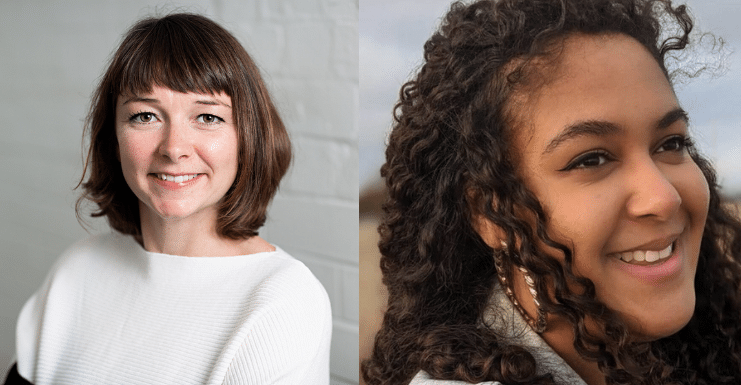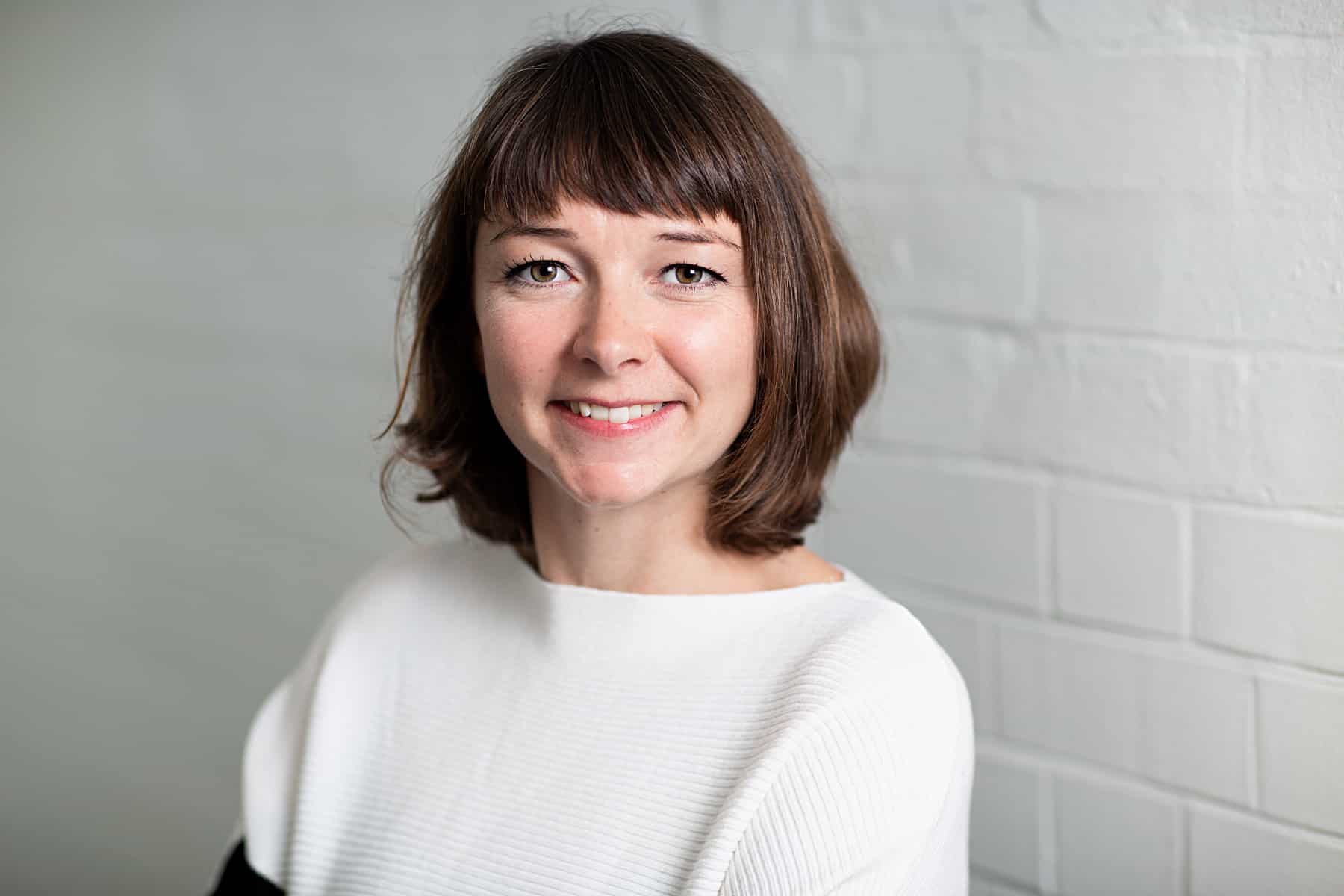Introduction
In a typical year, we hear from over 1,000 charities, over 300 foundations, and over 100 local authorities. Increasingly, discussions about power have come to the fore: but what does it mean, and how can you redistribute it?
Here, we reflect on recent learning from across our research portfolio – with the aim of offering practical and useful insights for people working in and with communities.
What do we mean by power?
There are many definitions of power. Our focus here is on community power, which has been defined as:
- New Local: ‘Community power is the belief that people should have a say over the places in which they live and the services they use’
- Local Trust: ‘At its heart, community power is based on the principle that communities have a wealth of knowledge and assets within themselves, which if understood and nurtured by practitioners and policymakers, has the potential to strengthen resilience and enable prevention-focused public services’
In this context, a community might relate to a place, an issue or a shared identity.
How have we seen power show up in our work with communities?
We have seen and explored power in projects like:
- Connecting Health Communities – we support communities and local NHS/Councils to work together to address health inequalities, such as improving access to cancer screening in Eastbourne or resolving rural transport challenges in North Yorkshire.
- Community Leadership Academy – Residents have been supported to exercise power within their local communities through Community Leadership training, provided by Local Trust. Over the last three years, IVAR and Just Ideas have been learning partners to this work, exploring enablers and obstacles to community leadership development.
- Community-led social justice – an experimental project working with three partnerships to support community-led solutions to social justice issues, privileging the voices of individuals from Black or minoritised communities.
Why is exploring ‘community power’ important?
Change has historically been driven by people without knowledge or experience of the affected communities. When exploring concepts of power and power redistribution, community power is often offered as an effective way to challenge and address pre-existing dynamics.
For example, if you want to increase attendance at cancer screening – it can help to start with the question of ‘who isn’t attending cancer screening, and why?’. This approach allows you to tap into the lived experience of these communities – which is vital to understanding what changes are needed, and what will have a positive impact.
Benefits of community power include:
- More effective services that meet the needs of the community
- More buy-in from the community because they directly informed decisions
- More connection and cohesion between the community and key decision-makers
- Community pride and building a shared identity
One example of the benefits of community power is the rise of mutual aid during the pandemic. People felt motivated to create positive change in their communities and to help each other – by delivering food parcels, organising community transport and picking up medicines. Research done by the We’re Right Here campaign showed that in 2022, 41% of mutual aid groups established during the pandemic were still active. This shows the clear need for community power beyond an emergency setting.
Common challenges communities face when redistributing power include:
- Those in positions of power not recognising the power communities hold (e.g. connections, lived experience)
- Communities themselves not recognising or maximising their own power (e.g. lack of confidence)
- Limited ways for community members to speak up on the issues that affect them, particularly minoritised or disenfranchised groups
- Lack of funding and wider infrastructure support
- Being unable to influence change at a wider level if they don’t have strong links to decision-makers (e.g. councils)
- Not being consulted on changes which affect them – ‘done to’ rather than ‘done with’
It is also important to acknowledge that power shows up at different levels – between different members in the community, and between communities and those in positions of power – and therefore requires different responses depending on the context.
So, power is showing up. What can we do about it?
Examples of how we have tackled this include:
- An asset-based approach. This requires really listening to community members: seeing their strengths and trusting their lived experience – not framing it as ‘what is it like to not have power/not be listened to’, as they might not see it that way! One way to achieve this is through a facilitated workshop to explore people’s experiences and what they can bring to the work (e.g. an ‘asks and offers’ exercise – here’s one thing I bring to the group and one thing I need from the group).
- Co-designing solutions. Communities are often done to rather than with, so getting them involved in decisions which affect them means that solutions are more grounded in their lived experience, have more community buy-in and ultimately are more likely to be successful. Bringing communities together, including those who are often left out of decision-making conversations, is really important. You could start by asking those more connected (e.g. community leaders) to bring along someone who doesn’t typically get involved in these conversations – as they are more likely to attend a workshop or meeting if they know someone else who will be there.
- Focusing on what we have in common. When connecting communities with people in positions of power for the first time, it’s important to create an environment where people feel able to share, and to ask questions. One way to do this is to find commonality, for example they might all live in a certain area. In one workshop, while addressing health inequalities, we asked people to take off their lanyards – to enter the space as people, not as NHS professionals.
- Making hidden power structures more visible. Use of jargon or sector-specific language; unspoken behavioural norms; or unclear governance processes all make it harder for communities to enter decision-making spaces. Those who hold power often don’t see these hidden structures, which can create unconscious bias. Making power structures more visible enables communities to break through barriers, identify their own power, and take action. For instance, we were working with Black and minoritised-led organisations in Hackney, who were often under-funded and repeatedly not receiving feedback from failed applications. During a session with local infrastructure bodies and commissioners, these Black and minoritised-led organisations felt brave enough to openly ask more about the process, which made it more transparent and de-mystified how applications are assessed and awarded.
All of these approaches come under the umbrella of action research. Essentially, they are examples of us applying our process knowledge and expertise to the live challenge of rebalancing power in community settings.
What is action research?
It may not be surprising that the Institute for Voluntary Action Research’s approach to rebalancing power is rooted in… action research.
Although the role that we play varies according to the project, partner and need – evaluator, learning partner, critical friend, researcher, facilitator – whatever we’re doing, we apply our values and action research principles:
Values
- Curious – We listen and learn with an open mind and we always want to hear a wide variety of perspectives.
- Grounded – Our work stems from real problems and can be easily understood and applied.
- Human – We offer encouragement, humour and empathy. We know it’s not always easy and we’ll be frank about challenges.
- Hopeful – We create spaces for difficult discussions and use our voice and networks to inspire conversations that drive change.
You can find out more about how we work here.
Action research principles
- Problem-solving – Our work starts with a practical problem, challenge or opportunity. We work with you to help pin down what really needs to be addressed.
- Collaborative – We are not the experts – we believe that those with direct experience of an issue are key to resolving challenges and opening up opportunities. We work with you to help draw out useful solutions.
- Practical – We work hard to generate practical learning. We ask questions, and encourage reflection and debate to help produce outcomes that are meaningful and long-lasting.
- Useful for all – No project is standalone – our work provides learning and evidence to help strengthen the voluntary sector.
You can read more about our approach to research here.
Power dynamics play out in different ways, and at varying stages of our research projects. For example, some individuals/organisations may hold significant decision-making power in comparison to others; or some people may dominate discussions, which can intimidate or exclude others. We also recognise that we ourselves hold a position of power in how we design and deliver our work.
Our approach to rebalancing power in community settings is emergent – as we apply our action research principles to this challenge, we continue to learn and adapt.
Tensions and challenges
There are, of course, many tensions and challenges when seeking to redistribute power. In addition to those surfaced above, we have observed:
- The risk of over-burden: When power is devolved too far, this risks over-burdening the community – particularly as community members are often unpaid.
- The importance of commitment to collaboration: Some organisations/people set out to collaborate in good faith, but over time their commitment can start to wane. It is important to not open up a shared process if you aren’t able to respond to it – as this can be frustrating for the communities involved, and make it harder to establish or build trust. To undertake meaningful collaboration, it is essential that each person and organisation leaves their own agenda at the door, in favour of a shared vision or common purpose.
- Taking this approach is a long process that requires care and consideration. Even when an organisation or partnership actively wants to reach more people – it takes time to identify who to involve and to build trusting relationships. People may have had negative experiences in the past, which you have to challenge and overcome. We do this by taking an iterative approach, adapting our approach in response to what we hear, and ensuring we always feedback a summary of discussions and what will happen next.
- It helps to set clear expectations about our role and approach – as every organisation or partnership will come with their own agenda and ways of doing things.This is about being clear about IVAR’s role within a particular piece of work, and about our overall focus as a learning organisation that wants to share key insights with others.
- When do we challenge ‘experience’ as ‘assumptions’? When working in the community, we often (rightly) frame people with direct or lived experience as the experts. However, when should we use our expertise as researchers to appropriately challenge assumptions? For example, recognising that within a community there are multiple viewpoints depending on each person’s full range of experience and identities. Sometimes it’s important to ask – what else could we draw on to test our assumptions?
In summary
Working collaboratively with communities takes time and resources, but ultimately there are huge advantages: not least designing effective services that meet community needs. When power dynamics are appropriately addressed, there are huge benefits of collaborative working across sectors and disciplines. Positive experiences of working together can build relationships and trust between different stakeholders, influencing a shift in culture and organisational mindset to be more human, transparent and to promote collective decision-making that makes a real difference to communities.
For those funders or commissioners who do not have the time to be carefully collaborative – there is still much you can do to redistribute power. Taking an open and trusting approach to grant-making – particularly the provision of unrestricted funding – gives communities control over their resources and the power to make their own judgements about what they need. In the words of our partner Shaady Salehi (Executive Director, The Trust-based Philanthropy Project):
IVAR convenes the Open and Trusting Grant-making community of 125 trusts and foundations, which is working to make and manage grants in a way that reflects their confidence in the organisations they fund – with a focus on stripping away bureaucracy so we can all focus on the communities and causes we serve.
If you would like to read more about how to redistribute power when working with communities, or in what can be achieved through this approach, you may be interested in:
- Not just ticking boxes: Four stories illustrating the power of community-led health service design
- Why young people should be involved in conversations that affect them
- How a cross-sector group developed anti-racist commissioning principles in Hackney and City
- Collaborative working in complexity: Helping it go well
- Building confidence and connections in One Southwark
- Building community leadership: Values and approaches that underpin successful community leadership support
- Making the case for unrestricted funding – a summary of key points for foundation staff and Boards; and/or our advice for charities



